Correct formation of a pepper bush in a greenhouse and open field: all methods
Many gardeners understand the importance of forming peppers in the garden. This is not just an aesthetic procedure: pruning ensures active ripening of the fruit and improves its taste characteristics. Formed bushes are much less likely to get sick and are attacked by pests. How to shape a pepper? There are some differences in greenhouse and outdoor planting methods, and even the plant variety makes a difference in this matter.
Do I need to shape pepper
Gardening beginners are unaware of how the formation of the pepper will affect yields. It is possible to grow healthy shrubs, limited to proper care and sanitation, but this will be more difficult. By the end of summer, the bush will be covered with many small fruits, the plant will have no strength left for large ones.
Why do you need the formation of bell pepper bushes:
- In the bushes, in the process of formation, forces are correctly distributed, the harvest is abundant, each fruit ripens large and juicy. It is very important to remove non-fertile parts so that the plant does not waste energy on maintaining them.
- In cold climates, preference is given to the rapid maturation of existing ovaries. Some of the shoots are removed, and the fruits ripen before the arrival of frost.
- Sometimes an excessive number of shoots with ovaries is formed on the bush. This threatens to overload. It is better to remove some so that the rest of the peppers ripen large and tasty.
- Neglect of landings leads to diseases... Removing excess foliage and branches will provide access to sunlight and air to all parts of the bush. Sanitary pruning is compulsory for all varieties and is a guarantee of crop health.
- The formed peppers are neat and easy to care for.
Features of the formation of different varieties
Different formation techniques are explained by the varietal differences of the pepper, in particular, the height of the bush. Some rise above the ground by 1 m or more, others barely stretch up to 0.5 m. The same variety grows more actively in a heated polycarbonate greenhouse than in open ground.
In different cases, a special approach to formation is required:
- Low-growing peppers least of all need pruning, everything is limited to sanitary procedures, the removal of sterile and crooked shoots.
- Medium-sized peppers are freed from non-fruiting branches in the lower part of the bush and part of the second-order shoots.
- Tall peppers are shaped especially carefully. Here, not only the removal of excess shoots is required, but also the pinching of the main stem. Fruiting shoots are required tie up.
The main stages of formation
What stages are included in the formation of sweet and bitter peppers in the greenhouse and in the open field:
- Choosing a suitable landing pattern.
- Removing the crown bud.
- Stealing.
- Pruning excess leaves.
- Pruning non-fruiting shoots.
- The sanitary part of the care is the elimination of all dried and damaged parts.
Advice
Be sure to disinfect your gardening tools after treating each plant so as not to accidentally transfer the infection from a sick bush to a healthy one.
Formation rules in the greenhouse
The correct planting scheme is important for all varieties. Low-growing peppers, when properly placed, can avoid formation altogether. For tall people, the scheme is important, but it is better not to cancel pinching and other procedures.
The optimal distance between rows for all varieties is 60-70 cm. The spacing between individual bushes is determined depending on the height of the variety.
How to plant different peppers in a greenhouse:
- For undersized, the distance is 20-30 cm. At 1 m2 no more than 6-7 plants are placed.
- For medium and tall plants, you need 35-40 cm between individual plants. 1 m2 - 4-5 plants.
Peppers in a greenhouse absorb the maximum amount of nutrients from the soil and grow shoots. Lush foliage will take over all the strength of the plant. In order for the bush to have enough food for the formation of fruits, the amount of green mass is reduced to it. This is done in stages.
All stages of the formation of peppers in the greenhouse:
- Work on the shape of the bush begins at the seedling stage. When a young plant reaches a height of 15-20 cm, it will begin to branch. A bud appears between two shoots, which is called a crown bud. It must be removed, then the bush will develop correctly further.
- In the fork where the crown bud was removed, first-order shoots begin to form. Of these, 2-3 of the strongest are chosen, the rest are cut off. This is how the main skeleton of the bush is formed.
- After transplanting into a greenhouse, the bushes are given time to adapt.
- Next stage - removal of lower shootsas they are considered weak and sterile. Anything up to the first fork on the stem must be removed to ensure proper ventilation. If the bush is thickened below, it is more susceptible to diseases and pests.
- Further, the bushes are stepson. Skeletal shoots of the first order begin to branch. Of the shoots of the second order, the strongest is chosen. These shoots, in turn, also divide and choose the strongest of them. The shoots that are pinched retain the flower bud and leaf.
- The shoots are overgrown with leaves and lateral branches throughout the season. Leaves are not removed abruptly, but gradually - 2 pieces per day, no more. First of all, those parts that shade the ovaries are removed.
- Shoots without flowers are also removed. They will not bear fruit - why should the bush feed the extra green parts?
- Skeletal shoots, or first order, are the two main stems growing from the first fork. When about 15 fruits appear on a tall bush, you need to pinch the tops of the skeletal shoots. Their growth will stop, and the plant will redirect forces to ripening fruits.
- Approximately 1.5 months before harvesting, you need to prune the tops of shoots of all orders.
- The optimal number of ovaries on a bush is 15-25, depending on its height.
Advice
Removing the crown bud is not always useful; you can leave it on a couple of plants to harvest quality seeds for the next season.
Open field formation
There are three options for forming peppers in the open field: in one, two or three stalks. Let's consider each method in detail:
- Single-stem cultivation is used with limited space and a large number of seedlings. This will give all the peppers in the garden plenty of light. During the bifurcation of the stems, all stepchildren are removed - only flower brushes remain on the bush.
- The two-stem method is the most popular as it works with most peppers. All other shoots are removed.
- It is recommended to grow bushes in three stems with a limited amount of planting material in order to get a significant yield. How to properly form a bush in three stems: leave two stepsons below the first flower brush, choose the third one from the rest - it should be the strongest, - remove the remaining stepsons.
The sanitary rules are the same as for greenhouse plantings - removing shoots below the first fork, cutting off excess leaves, pinching growth points in time.
Recommendations and care after pruning
The formation procedure requires certain weather conditions. The bushes should tolerate the separation of stepchildren and leaves well.
What you need to know about shaping:
- In prolonged heat, it is better not to remove the leaves, as they protect the shoots and ovaries from the sun.
- The right time for pruning is morning.
- If there are signs of a disease on the bush, then it is impossible to start forming. The plant may die completely.First, you need to identify the cause of the disease and eliminate it.
- If the plantings are too rare, then you should not cut the bushes unnecessarily. The dense greenery will protect plants from all directions and will not entail the development of fungi and bacteria.
- The stepsons are removed when they reach 4-5 cm.
After the branches and foliage are separated, the bush needs strength to recover. This is additional food, protection from pests, comfortable living conditions.
Basic rules for caring for pepper:
- Watering is moderate, about once every 5-7 days.
- Greenhouse ventilation and air humidity control.
- Protection from direct sunlight.
- The introduction of mineral fertilizers after moving the seedlings to the site or to the greenhouse, with the beginning of flowering and fruiting.
- Gentle loosening of the top of the soil.
- Mandatory tying of all shoots to a pre-installed trellis so that the stems do not sag under the weight of the fruit.
Growing bell pepper is a troublesome business, only with the proper efforts of the gardener, many healthy and large fruits are formed on the bush. In most cases, you cannot do without pruning pepper bushes, this is a really necessary and very effective procedure. Choose the right method for the variety and enjoy a neat bush and a delicious harvest.
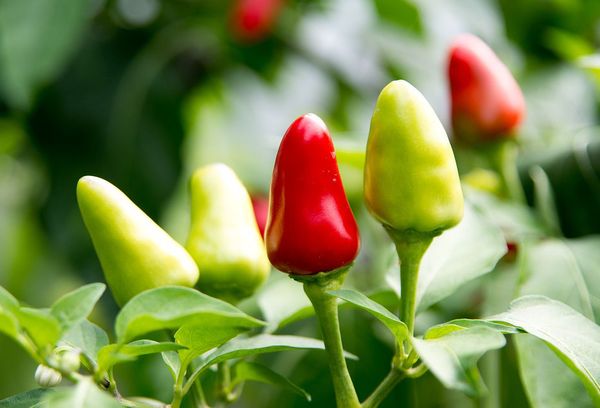
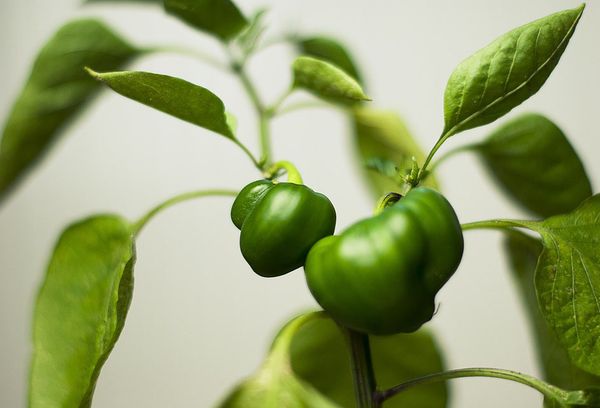
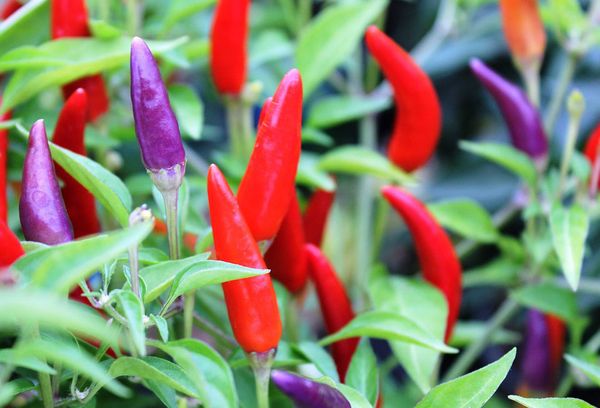
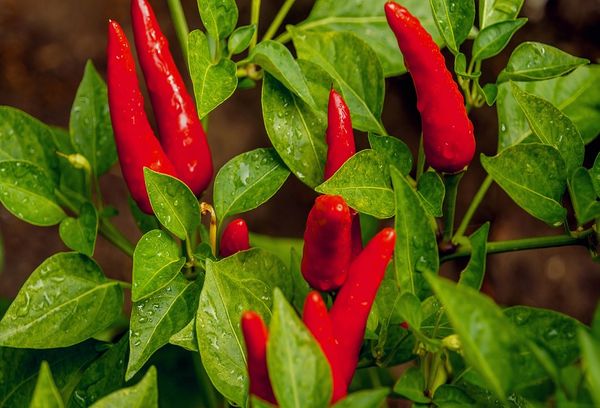
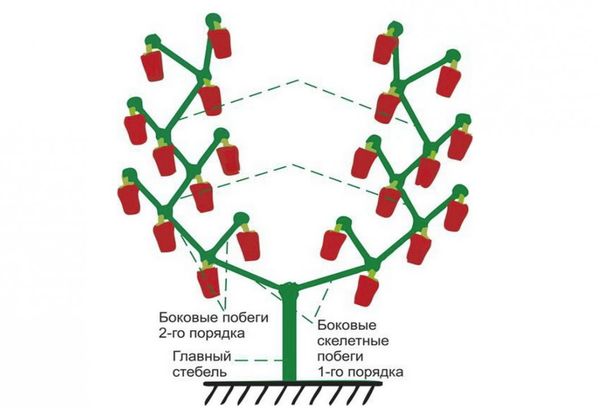


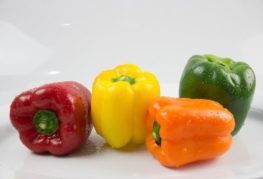
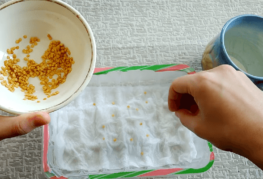
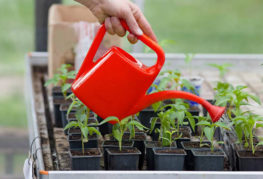

and will be published shortly.